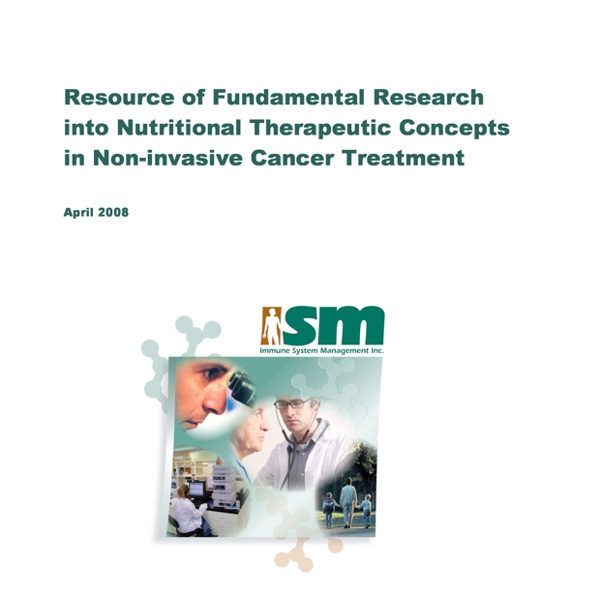



THE AMINO ACID PROLINE - BENEFITS, INFORMATION ON SUPPLEMENTS, ARTICLES, LINKS, NEWS, ADVICE Proline is an amino acid needed for the production of collagen and cartilage. It keeps muscles and joints flexible and helps reduce sagging and wrinkling that accompany UV exposure and normal aging of the skin. Proline helps the body break down proteins for use in creating healthy cells in the body. It is absolutely essential to the development and maintenance of healthy skin and connective tissues, especially at the site of traumatic tissue injury. Proline and lysine (another one of the amino acids that is important to protein synthesis) are both needed to make hydroxyproline and hydroxylysine, two amino acids that form collagen. Collagen helps to heal cartilage and to cushion the joints and vertebrae. The body needs proline to maintain muscle tissue as well. Meat, dairy, and eggs are the best natural sources of proline; vegetarians or those with a low-protein diet should seriously consider a combination amino acid supplement containing, among other amino acids, proline.
The AP John Institute Cancer Protocol - CAAT Protocol | Controlled Amino Acid Therapy CAAT is an amino acid– and carbohydrate-deprivation protocol using scientifically formulated amino acids. Research by Marco Rabinovitz, Ph.D., formerly of the National Cancer Institute, and Albert B. Lorincz, M.D., formerly of the University of Chicago, shows how beneficial amino acid deprivation therapy can be in treating cancer. 1 CAAT also includes a low-carbohydrate regimen that is personalized for each patient. Chi Van Dang, M.D., Ph.D., of the Johns Hopkins University School of Medicine, reported that cancer cells are such sugar junkies that glucose deprivation can contribute significantly to their demise. 2 CAAT has benefited patients across the United States, Canada, Europe, South America, and even in such faraway lands as New Zealand and India. The following paragraphs will give you a more detailed explanation of CAAT. The Science behind CAAT The A.P. The Scientifically Formulated Controlled Amino Acid Therapy The CAAT Formulation Daily Food Intake — Breakfast — Lunch — Dinner M.
Amino acids as an EFFECTIVE cancer treatmentaminoacidguru.org Understanding Cancer The term cancer is used to describe a large group of diseases characterised by abnormal, invasive cell growth. These uncontrolled cells divide and attack tissues throughout various parts of the body. There are over one hundred different types of cancer. Cancer is grouped into five main categories: Sarcoma: cancers that develop in cartilage, bone, fat, blood vessels, muscle, or other supportive or connective tissue.Carcinoma: cancers that develop in the tissue or skin that cover or line internal organs.Leukemia: cancers that develop in blood-forming tissues.Central nervous system: cancers that develop in the spinal cord and brain tissuesMyeloma & Lymphoma: cancers that develop in the immune system cells. Globally, the World Health Organisation (WHO) recognises cancer as the leading cause of death. Amino Acids & the Fight against Cancer Amino acids are essentially protein ‘building blocks’. Our body requires 21 different amino acids to properly function. Conclusion
Amino acids in CANCER treatment and prevention Hearing a diagnosis of cancer from a doctor is always a shock, but thanks to advances in science and medicine, such a condition is no longer always fatal. Many treatments are currently available, the best known being chemotherapy and radiotherapy, and many more are being developed all the time. With a wealth of funding and grants available for researchers the field attracts the brightest and best scientists and, thanks to their work, cancer sufferers can now have more hope than ever before. Amino acids Amino acids are essential organic compounds found throughout the natural world. There are 20 standard amino acids (as well as many non-standard ones) of which 9 or 10 are considered to be ‘essential amino acids.’ Benefits and Usage of CAAT Amino acids have several different purposes in our lives, from forming the building blocks of proteins and acting as neurotransmitters in our brains, to being used in the manufacture of fertilizer, biodegradable plastics and certain drugs. Antioxidants Diet